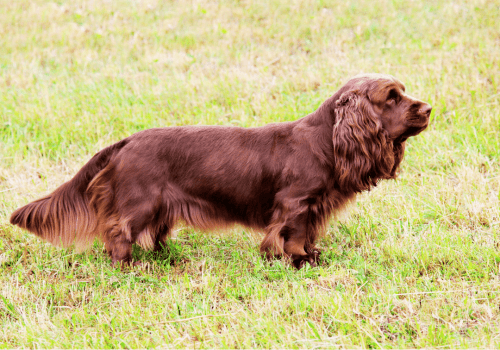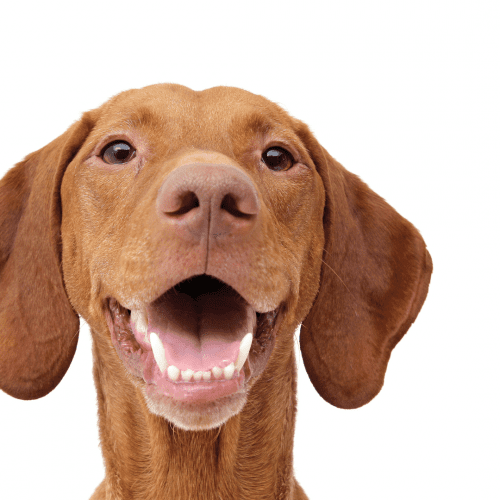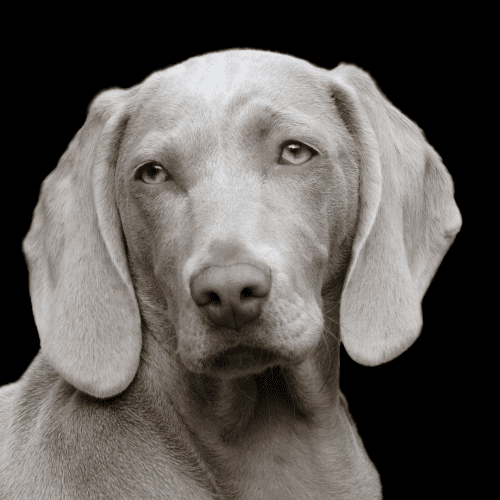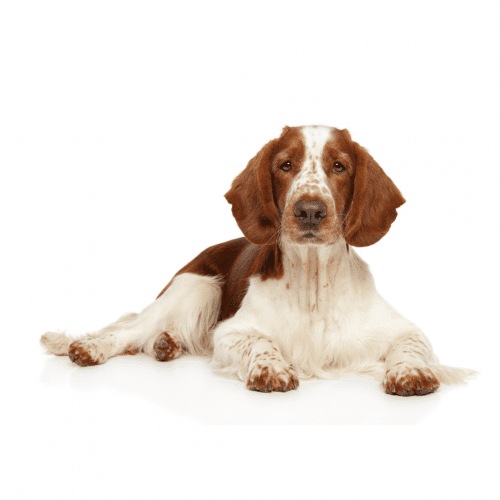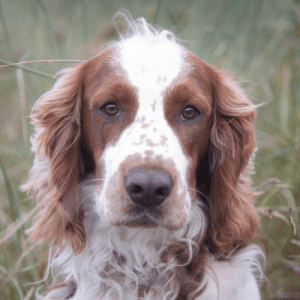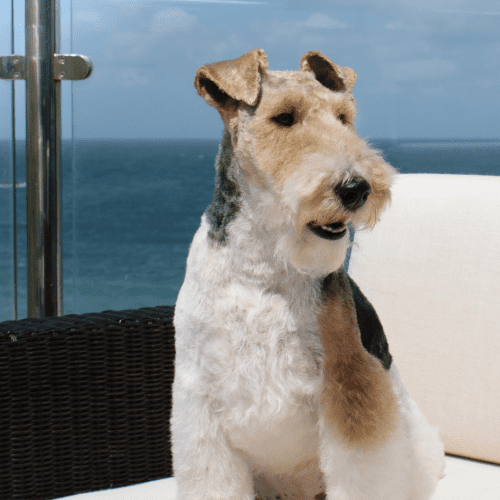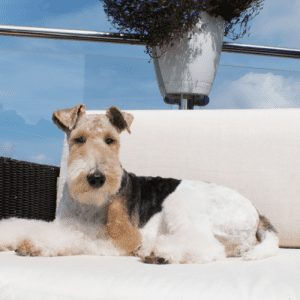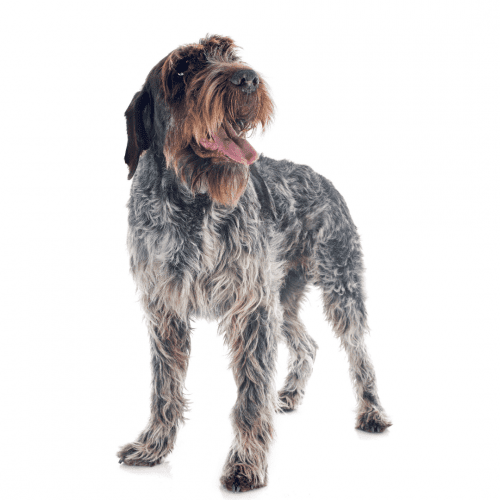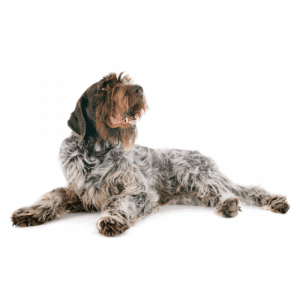Sporting dogs are bred for their abilities to help their owner achieve success while participating in various sports activities. There are many different types of sporting dogs, each with unique characteristics that make them ideal for a particular sport. Whether you enjoy hunting, agility courses, or tracking prey, there is sure to be a sporting dog breed perfect for you. Keep reading to learn more about the different types of sporting dogs and find the best sporting dog breed for you.
The Sporting dog breed is a group of dogs specifically bred and trained for various hunting and retrieving activities. These dogs possess specific characteristics that make them well-suited for these tasks. Sporting dog breed characteristics include high energy levels, intelligence, excellent scenting ability, and a strong desire to please their owners. These traits make them highly trainable and obedient, crucial for success in hunting and retrieving activities.
When it comes to training sporting dogs, there are a few tips that can help ensure success. Firstly, starting training from a young age is essential to establish good habits and obedience. Positive reinforcement techniques, such as treats and praise, work best with these dogs. Consistency and patience are crucial, as sporting dogs can sometimes be stubborn or easily distracted.
Some popular sporting dog breeds include the Labrador Retriever, Golden Retriever, and English Springer Spaniel. These breeds are known for their athleticism, intelligence, and versatility in hunting and retrieving tasks. They’re also highly sociable and make great working companions.
When considering a sporting dog as a working companion, keeping their health in mind is important. Regular exercise, a balanced diet, and regular veterinary check-ups are essential to keep them in optimal condition. Sporting dogs are prone to specific health issues such as hip dysplasia, ear infections, and eye problems, so proactively addressing these concerns is essential.
Sporting dogs distinguish themselves from other dog breeds through their unique combination of athletic abilities, intelligence, and a strong instinct for hunting and retrieving. These characteristics make them highly suitable for various outdoor activities, such as hunting, field trials, and search and rescue operations.
Training requirements for sporting dogs can be demanding due to their high energy levels and natural hunting instincts. They excel in obedience and agility training, which helps them hone their skills and ensures they can follow commands effectively. Consistency, positive reinforcement, and patience are essential in their training process.
Some popular breeds within the sporting dog category include the Labrador Retriever, Golden Retriever, English Springer Spaniel, and German Shorthaired Pointer. These breeds are known for their versatility, trainability, and friendly nature, making them excellent family choices.
Sporting dog competitions allow these breeds to showcase their hunting and retrieving skills. Events such as field trials, dock diving, and flyball will enable them to demonstrate their agility, speed, and obedience.
While sporting dogs are highly skilled in outdoor activities, they can also make wonderful family pets. Their intelligence, loyalty, and affectionate nature make them great companions. However, potential owners should be prepared to meet their exercise needs and provide mental stimulation to prevent boredom and destructive behaviors.
Sporting dogs are a diverse group that includes several different breeds. Some of the most popular breeds in this group are Labrador Retrievers, Golden Retrievers, English Springer Spaniels, German Shorthaired Pointers, and Brittany Spaniels. Each breed has unique characteristics and qualities that make them well-suited for sporting activities.
Regarding training techniques, Sporting dogs are known for their intelligence and willingness to please. They’re highly trainable and excel in obedience and agility training. Positive reinforcement methods, such as praise and treats, work best with these breeds.
Sporting dogs have high exercise needs, as they were initially bred for hunting and retrieving games. They require regular, vigorous exercise to keep them physically and mentally stimulated. Daily walks, runs, or playtime in a spacious yard are essential for these breeds to prevent boredom and destructive behavior.
Hunting abilities are a defining trait of Sporting dogs. They have a keen sense of smell, excellent endurance, and a strong prey drive. These breeds are often used in various hunting activities, such as flushing and retrieving game.
Regarding temperament traits, Sporting dogs are generally friendly, outgoing, and good with children and other animals. They have a gentle and affectionate nature, making them great family pets. However, it’s important to note that individual temperaments can vary within each breed, so early socialization and proper training are crucial.
Sporting dogs have originated from various regions around the world. The history of these breeds can be traced back to different countries and continents, each with its unique characteristics and traits.
One of the earliest origins of sporting dogs can be found in Europe, particularly in England. In this region, breeds like the English Springer Spaniel, Labrador Retriever, and English Setter were developed. These dogs were bred for their hunting abilities, specifically for retrieving game and flushing out birds. Their popularity multiplied among hunters due to their keen sense of smell, stamina, and trainability.
In North America, sporting dogs also have a rich history. The Chesapeake Bay Retriever, for example, originated in the United States and was bred to retrieve waterfowl in the Chesapeake Bay region. Similarly, the American Cocker Spaniel was developed in the United States as a hunting companion, known for its agility and ability to work in dense cover.
Today, sporting dogs are popular not only for hunting but also as beloved family pets. Their trainability, intelligence, and friendly nature suit them for various activities, including obedience trials and agility competitions. Proper training is essential for these breeds to ensure they reach their full potential and exhibit their instincts in a controlled and safe manner.
With their exceptional hunting abilities and versatile nature, sporting dogs have become invaluable companions for various activities, including hunting, obedience trials, and agility competitions. Training techniques for sporting dogs are crucial in preparing them for these tasks. Positive reinforcement is commonly used, rewarding desired behaviors with treats or praise. This method helps to establish a strong bond between the handler and the dog, ensuring effective communication during training sessions.
Sporting dogs excel in competitive events such as field trials and dock diving competitions. Field trials test their hunting abilities, evaluating their skills in locating and retrieving game birds. Dock diving competitions showcase their athleticism as they leap off a dock into a pool, with the distance jumped determining their success. These events allow sporting dogs to showcase their instincts and abilities.
In hunting, sporting dogs are highly valued for their remarkable skills. They assist in flushing out game, retrieving downed birds, and tracking wounded animals. Their keen sense of smell, endurance, and athleticism make them indispensable assets for hunters.
Beyond their sporting roles, some sporting dog breeds also serve as therapy animals. Their friendly and gentle nature, intelligence, and trainability make them ideal companions for individuals needing emotional support. These dogs provide comfort, companionship, and security to those they interact with.
Each sporting dog breed possesses unique characteristics that suit specific tasks. For example, Labrador Retrievers are known for their exceptional retrieving abilities, while English Setters are renowned for their pointing skills. Understanding these breed-specific traits allows handlers to leverage their dogs’ strengths in various activities.
People from various walks of life connect to sporting dogs, drawn to their exceptional abilities and versatile nature. Sporting dogs appeal to many individuals due to their unique characteristics and skills.
One type of person who connects with sporting dogs is the outdoor enthusiast. These individuals often engage in activities such as hunting, hiking, and fishing, where a sporting dog’s athleticism and obedience are crucial. The outdoor enthusiast appreciates the dog’s instincts and the joy of working together as a team.
Another type of person who bonds with sporting dogs is the competitive sports participant. Whether it’s agility, flyball, or dock diving, these individuals value the dog’s athleticism and trainability. They appreciate the challenge of training and competing with a dog with the drive and intelligence to excel in various sports.
Additionally, families with an active lifestyle are often drawn to sporting dogs. These families enjoy outdoor activities and want a dog to keep up with their energetic lifestyle. They appreciate the companionship and loyalty that sporting dogs offer and their ability to become a beloved member of the family.
The versatility of sporting dogs extends beyond their appeal to different types of individuals. Regarding training techniques for sporting dogs, positive reinforcement is widely recommended. These dogs thrive on praise and rewards, making it essential to use treats, toys, and verbal praise to reinforce desired behaviors.
Popular sports and competitions for sporting dogs include field trials, obedience trials, agility, and dock diving. These activities allow the dogs to showcase their natural abilities and instincts.
Health and exercise requirements for sporting dogs are essential to maintain their well-being. Regular exercise is crucial to prevent obesity and maintain muscle tone. These dogs have high energy levels and need plenty of physical activity, such as daily walks, runs, or playtime in a secure, fenced area.
Common behavioral traits of sporting dogs include being friendly, outgoing, and eager to please. They’re highly trainable and excel in obedience. Best practices for caring for a sporting dog involve providing mental stimulation, socialization, and regular veterinary check-ups. Grooming needs vary, but regular brushing and ear cleaning are typically necessary.
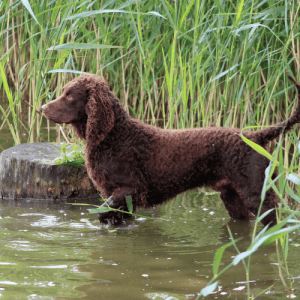


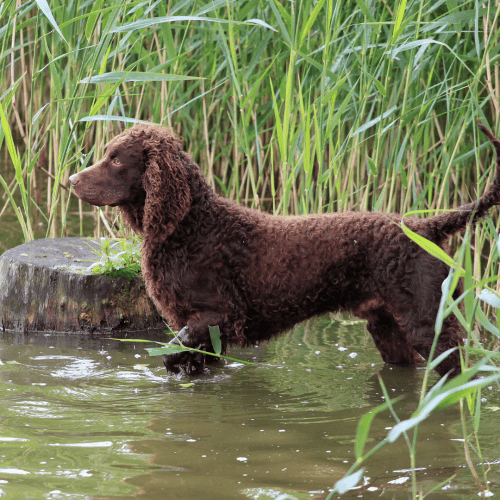
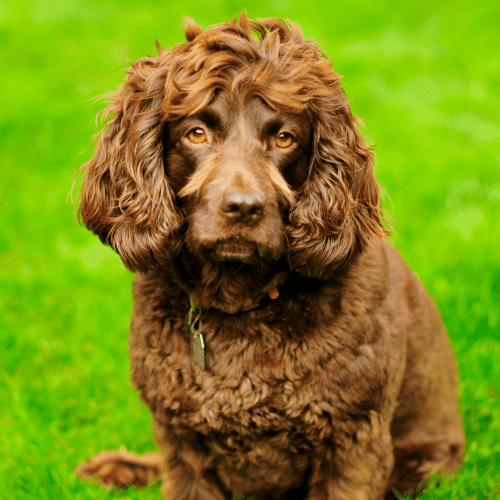
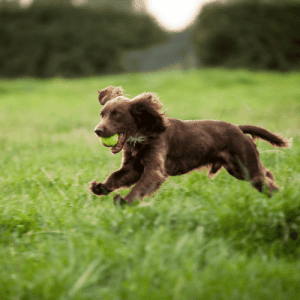


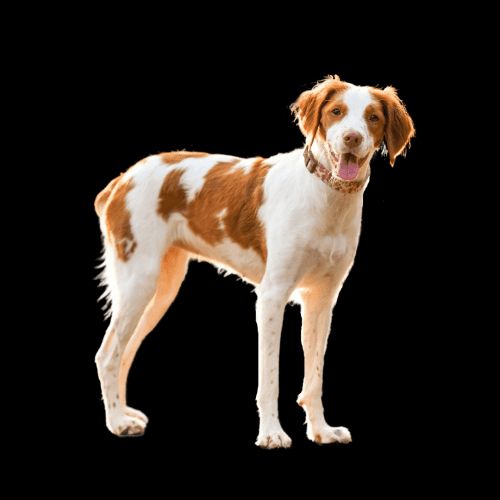
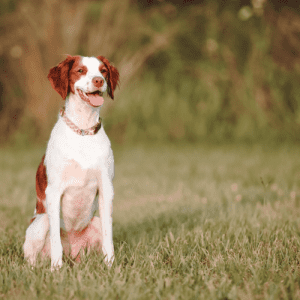
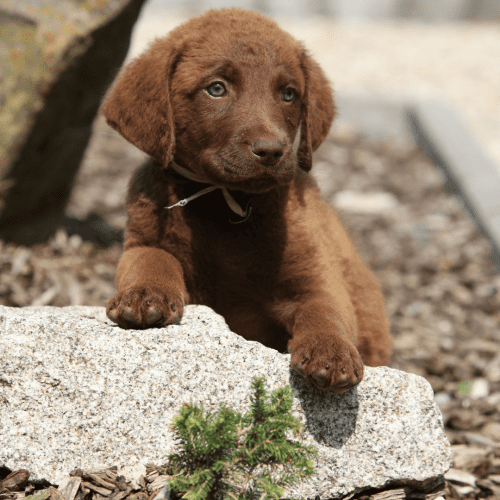
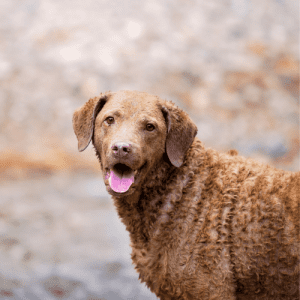
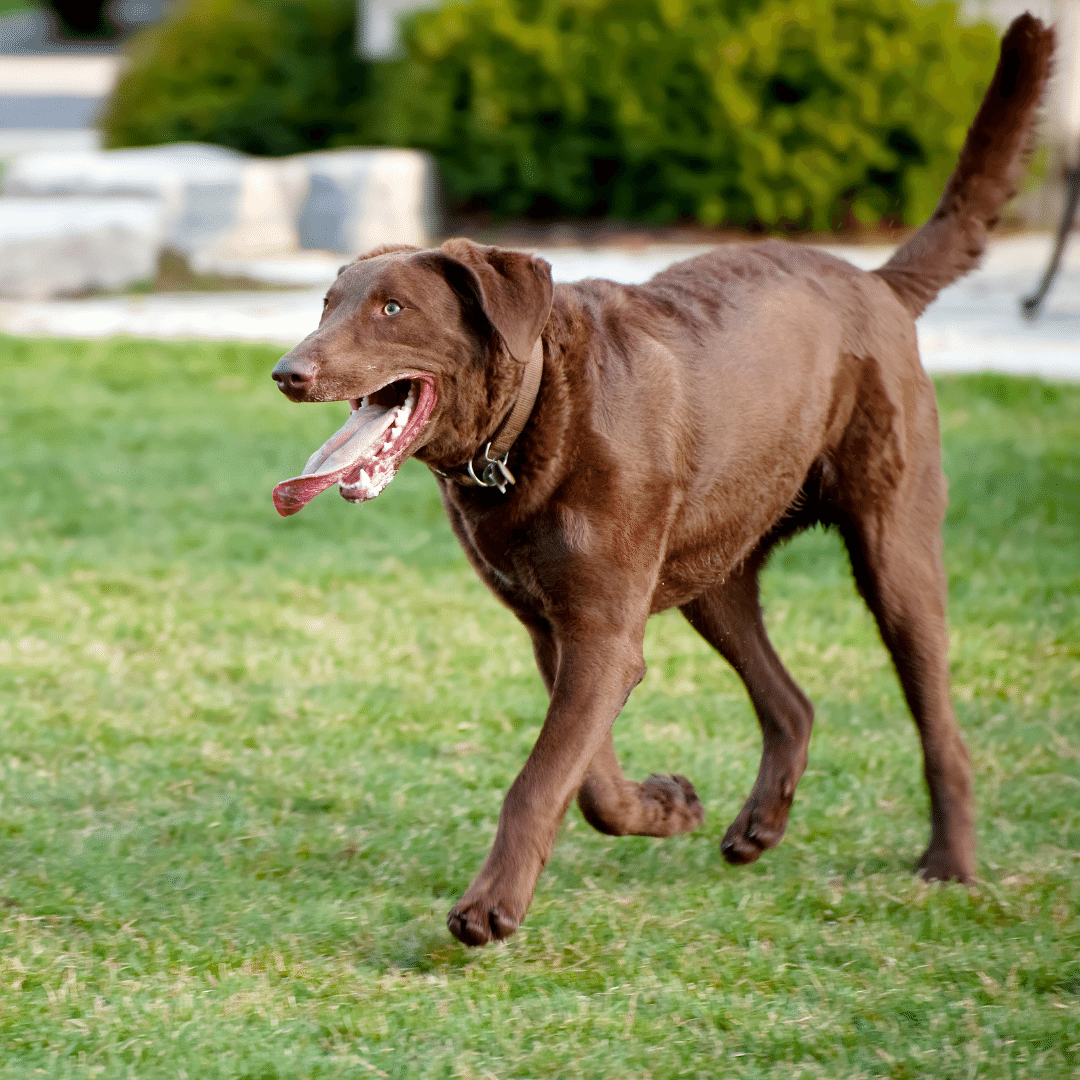
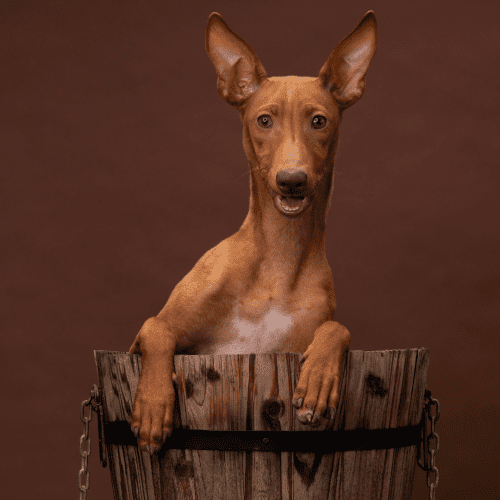
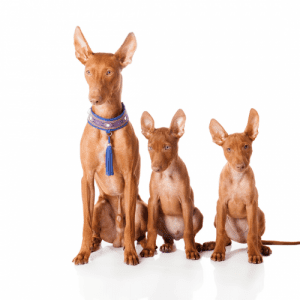
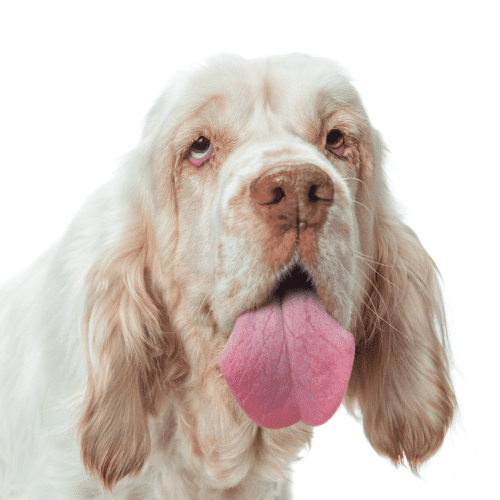
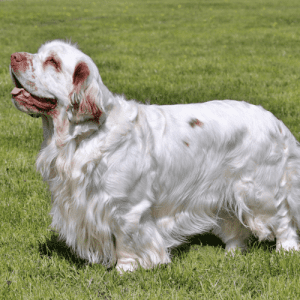
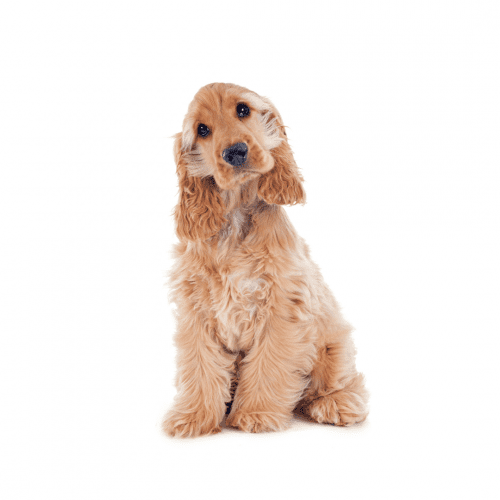

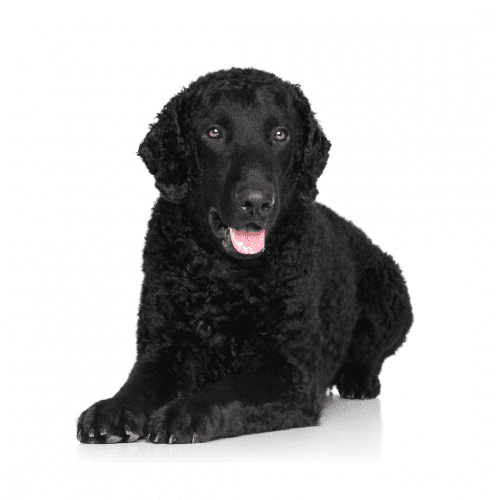
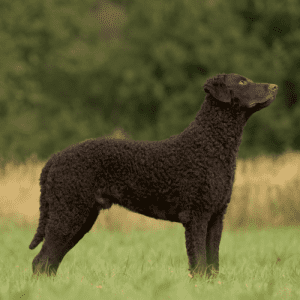
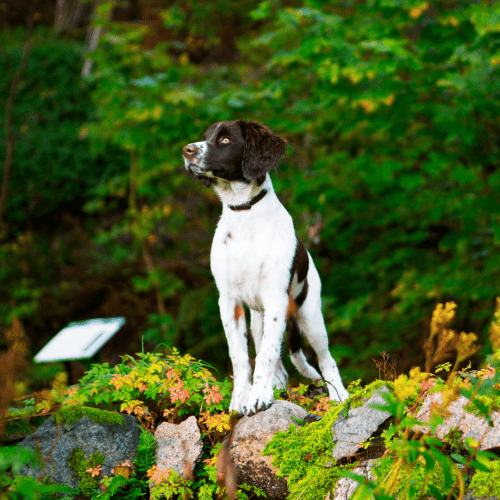
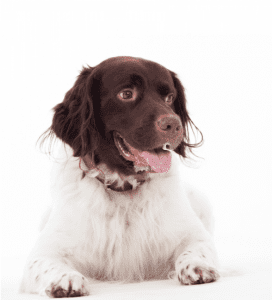
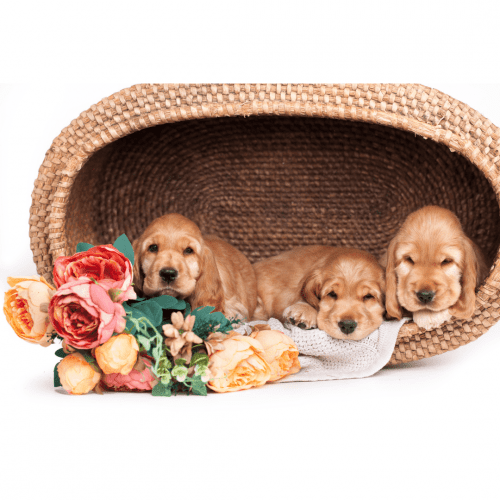
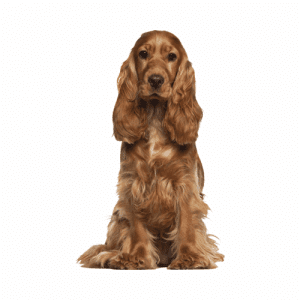
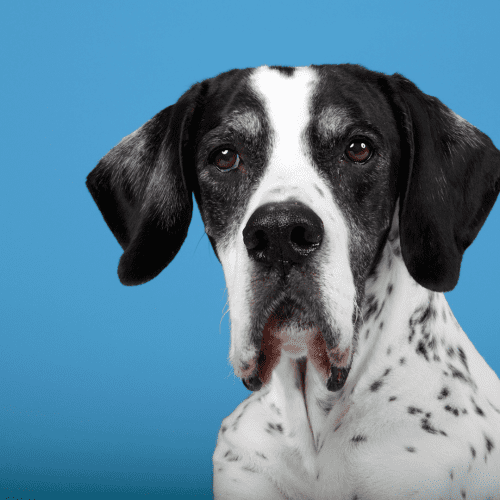

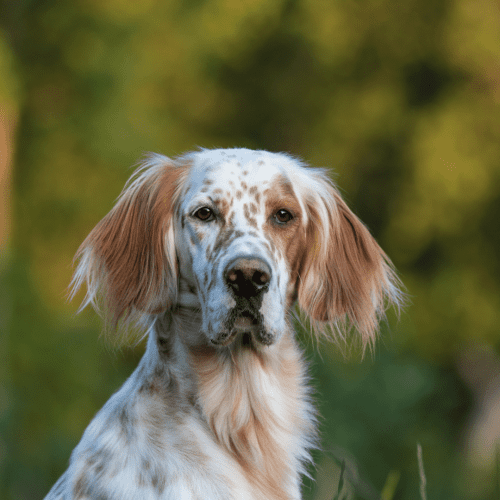

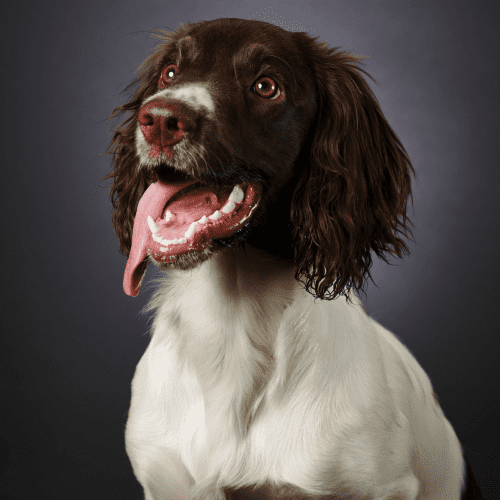

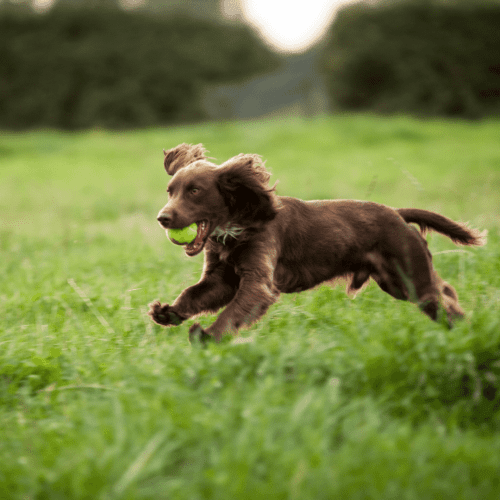

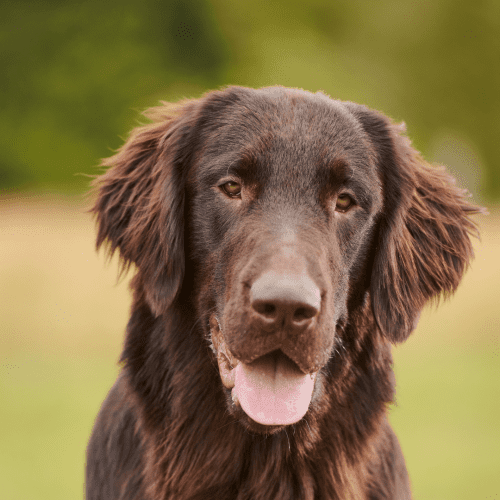
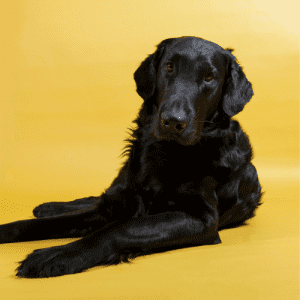
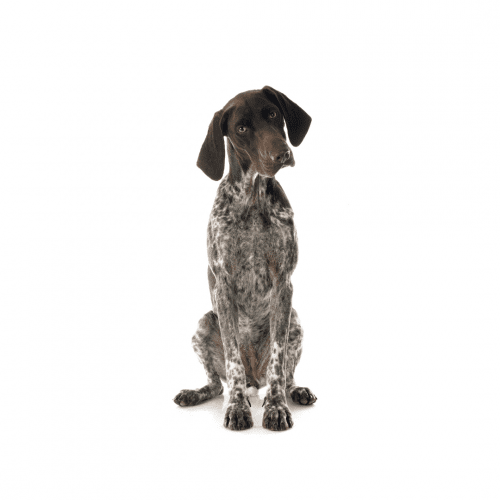
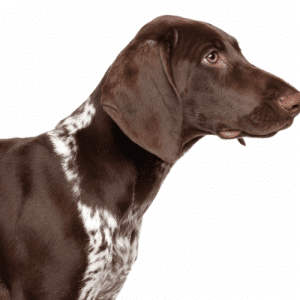
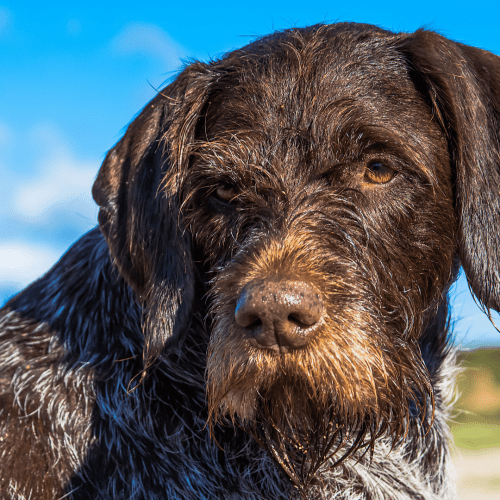
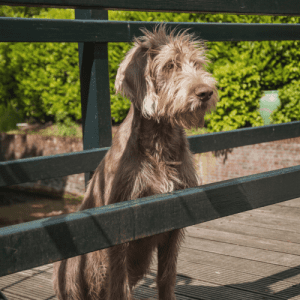
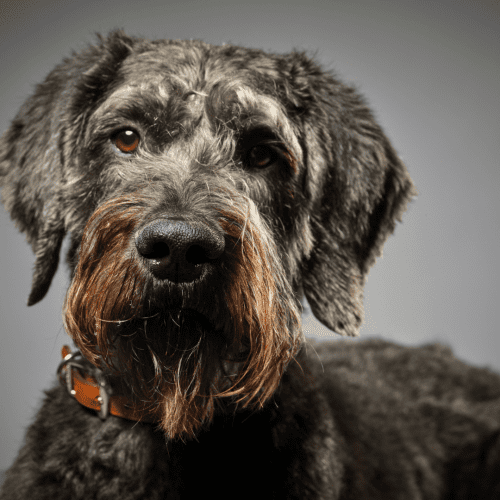

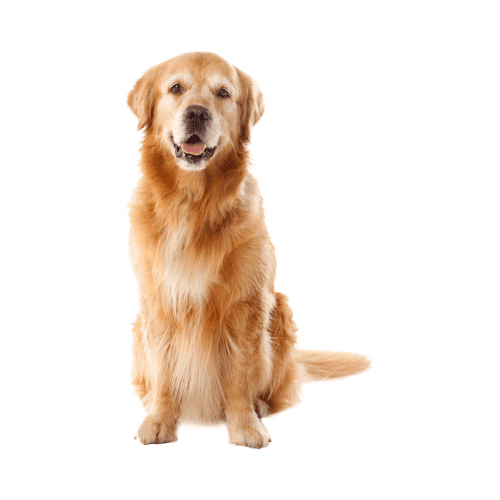

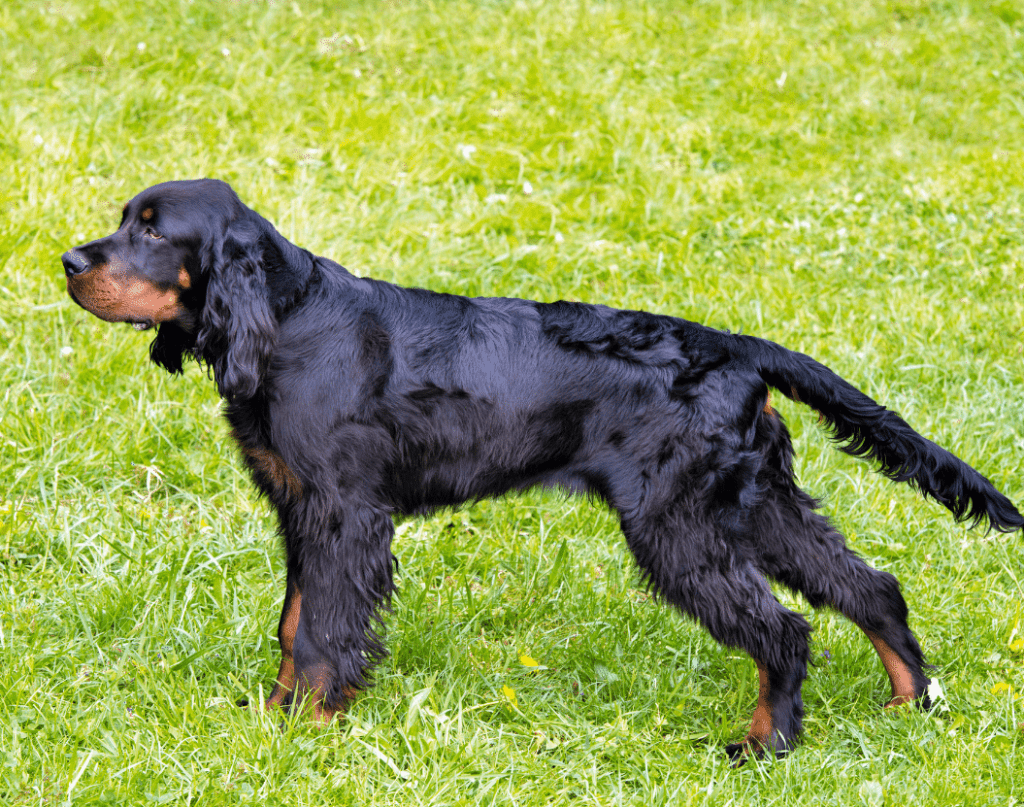

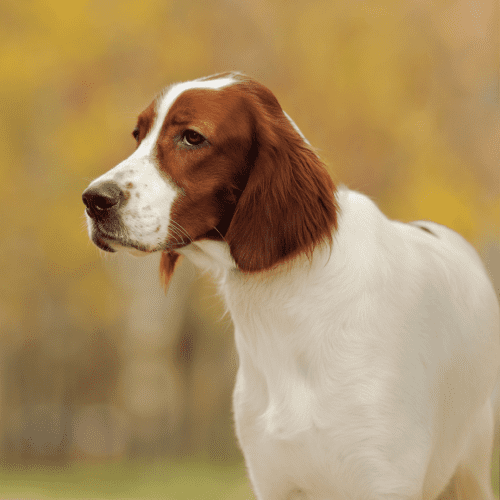
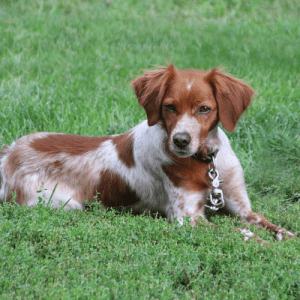
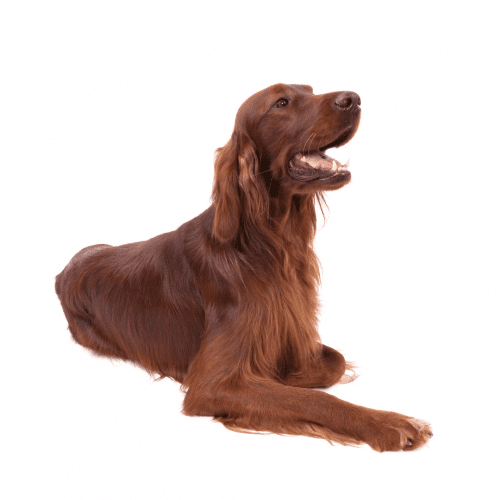

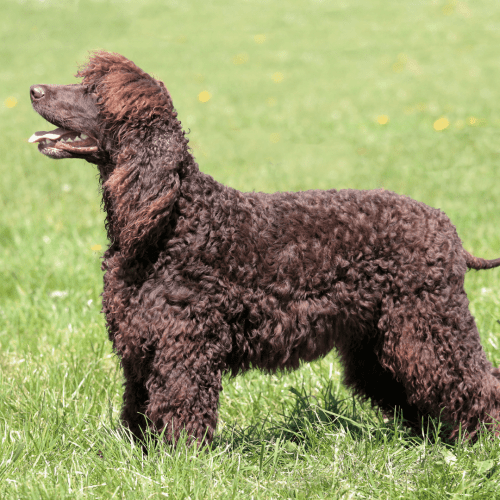
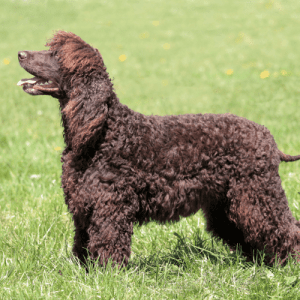
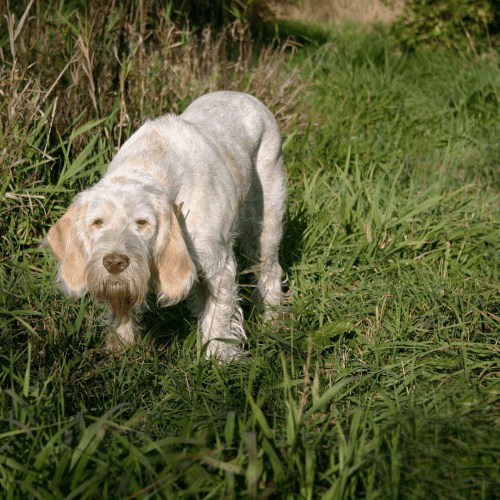

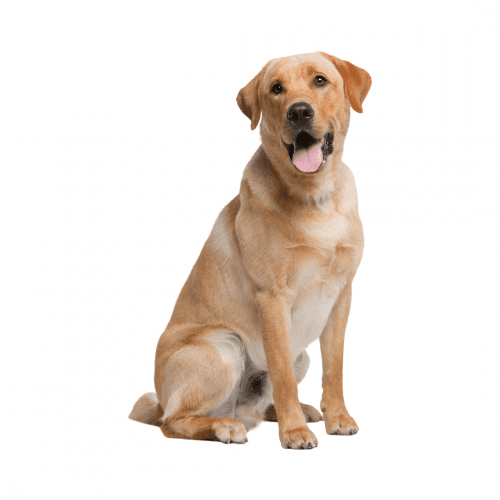

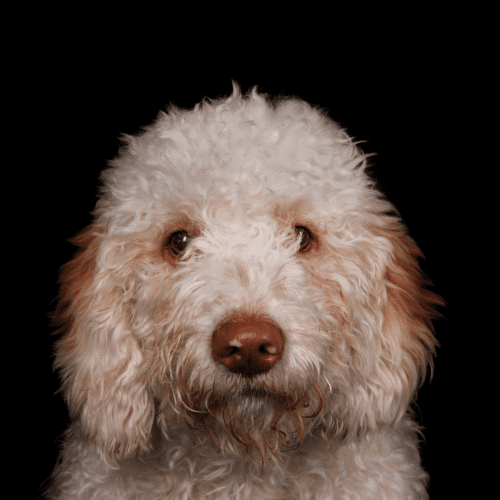

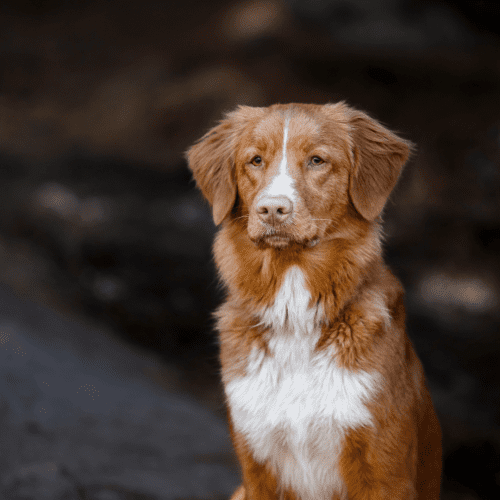
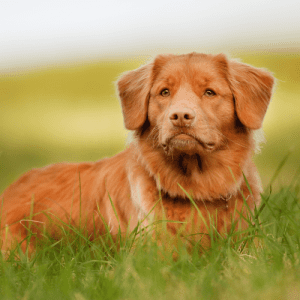
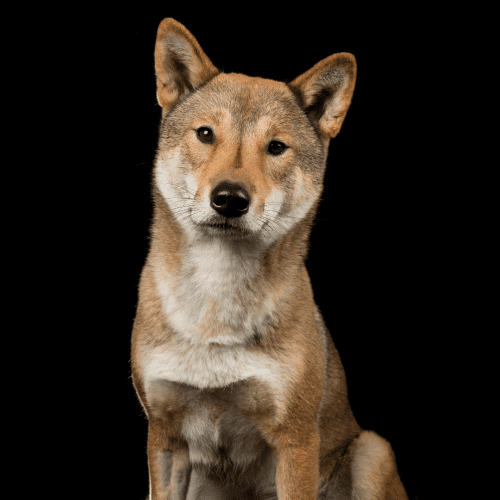
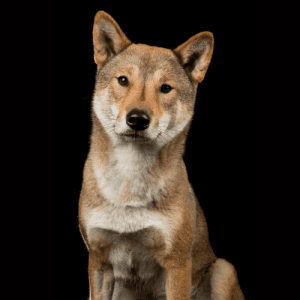 What Is The History Of The Shikoku Dog Breed?
What Is The History Of The Shikoku Dog Breed?